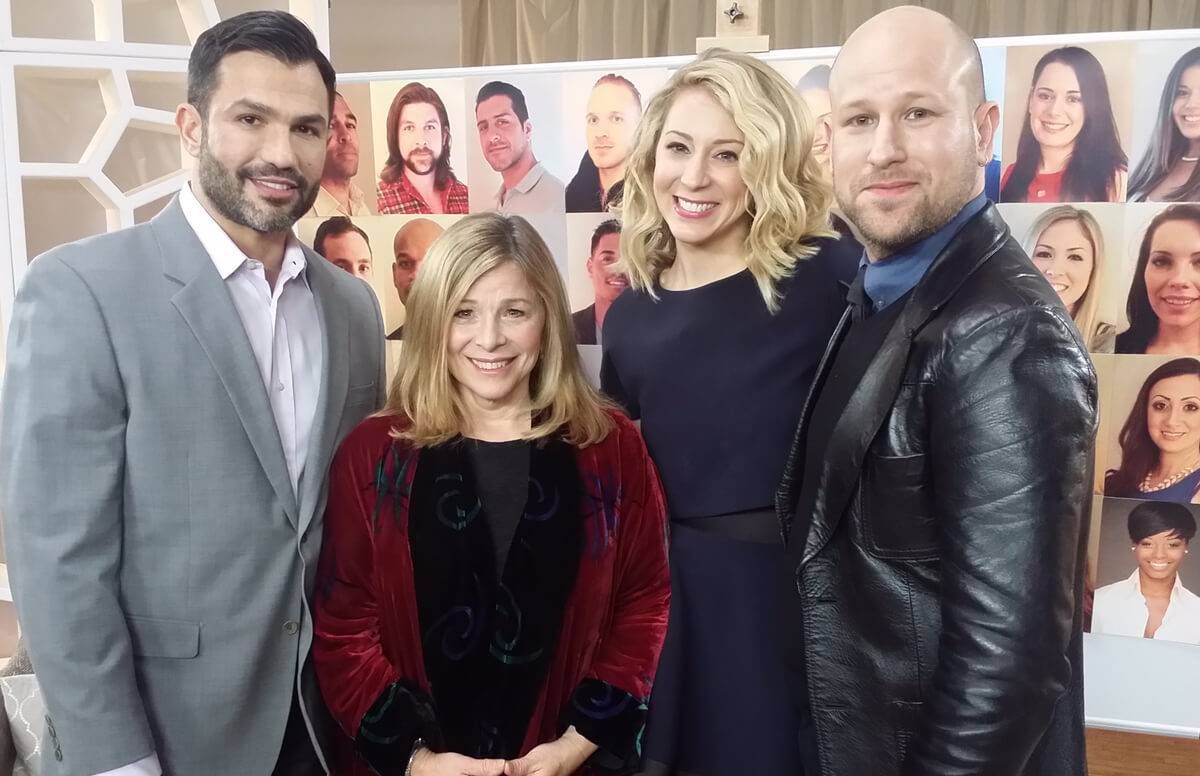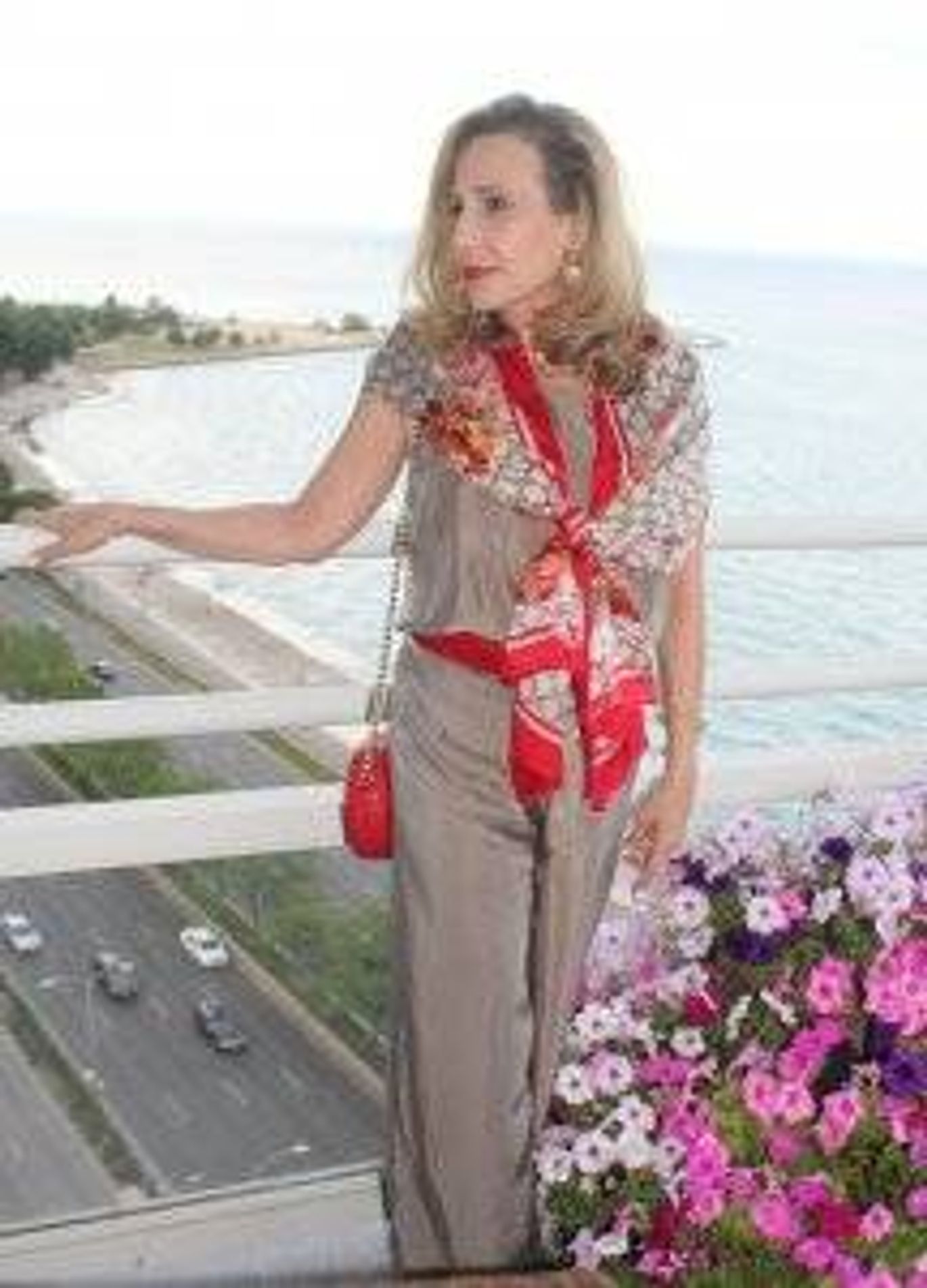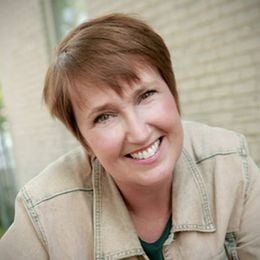Today's Boomer Dress Code for Women: Subtle Style
For midlife working women, it's all about radiating confidence and poise
On the Lifetime reality show Married at First Sight, contestants trust Pepper Schwartz enough to allow her to choose a spouse for them. The noted sociologist, bestselling author and relationship expert has plenty of confidence about pairing strangers for marriage. But she’s less assured about how to dress in her appearances on the hit TV program.

The producers don’t select her wardrobe, although Schwartz, 72, wouldn’t mind more direction from them about what she should wear.
“It’s a bit of a dance. You have to be current, but you can’t pretend you’re 30 years younger,” said Schwartz. “You want to radiate poise, knowledge and expertise, but you can’t look stuck in your groove. You have to show some openness and fun. But not too much.”
Unwritten Fashion Rules Are Shifting
It’s a fashion dilemma that many midlife women can relate to. The unwritten rules governing workplace attire seem to be shifting as a younger generation comes into their own, managing the office, courtroom and classroom, bringing their own sense of style.

“You don’t want to look matronly, but you also can’t look like you’ve raided your daughter’s closet,” noted Wendy Packer, 64, who produces fashion shows featuring boomer models. Her Fashion Over Fifty blog boasts a quarter of a million followers on Facebook.
“Our figures have changed and we can’t dress like we used to, but I like to say that women of a certain age can wear anything if it’s styled for them,” she said. “A great example is Brigitte Macron, the First Lady of France. She’s 65 and wears everything; she just has it styled so it looks age-appropriate.”
Before becoming a professional blogger, Packer worked as an attorney specializing in medical malpractice. “When I joined a firm in Los Angeles in 1985, I wore suits in muted colors with little bow ties,” she remembered. “Heaven forbid you would wear pants, flats or any jewelry but pearls.”
When boomer women started their careers back in the Carter or Reagan administrations, many adhered to the rules of Dress for Success for Women. Published in 1977, the bestseller (written, naturally, by a man) influenced a generation of women as they entered and integrated the workforce. It advised women who wanted to be taken seriously to don closed-toed pumps, nude pantyhose, shirtwaist dresses and blazers-and-skirts — nothing snug, ultra-feminine or casual.
“I always had my own sense of style, and once I wore a black leather jacket to a lawyers’ luncheon,” Packer recalled. “They looked at me like I was a real rebel.”
A Subtle Dress Code
Today, women are liberated from the power-dressing uniforms of the past. Even those who work in conservative fields like finance or the legal profession can put some personality in their outfits.
But a broader fashion palette to draw from also increases the chances of getting it wrong.
“We can’t stick with the old standbys. Now we can look stodgy and out of touch if we show up in the Hilary Clinton pantsuit,” said Amy Lynch, 65, a Nashville-based author, consultant and founder of Generational Edge.
Lynch thinks there is still a workplace dress code, but it’s far more subtle now.
“I consult with a lot of companies full of Gen Xers and millennials. If I walk in dressed in the authority suit, they won’t take me seriously,” she said.
According to Lynch, the more informal style of dress is symbolic of what’s going on in today’s workplaces.
“Younger professionals work for self-expression. They don't expect a hard dividing line between a work self and a personal self, and the way they dress reflects that,” she said. “People in their twenties and thirties don't expect to be told what to do and how to do it. It’s a huge shift.”
Lynch said she shies away from the sleeveless sheaths so popular with many younger women. When she’s presenting, she chooses slender slacks, an unstructured jacket and “killer shoes.”
“Some parts of the country are more traditional than others. I find that the more entrepreneurial the workplace, the more relaxed the standards,” she said.
Zero In On Authenticity
Just as looking too staid can be a fashion don’t, adopting a hipster style also sends the wrong signal, according to Lisa Walden, 32, a generational expert at the Bridgeworks consulting firm in Minneapolis.
Walden works with businesses that employ a multi-generational workforce and has even advised boomer bosses about what to wear when interviewing top millennial prospects for jobs.
“In our experience and research with service providers, like financial advisers and real estate agents, we say to look sharp and polished, but casual,” she explained.
According to Walden, “It’s a fine balancing act, being true to who you are. Millennials zero in on authenticity. If your go-to style is more formal, then dress down what you’re wearing with casual jewelry or flat shoes.”
Wardrobe Pro Tips
Packer has her own advice for workplace style. She advocates a tailored look for business, but suggests choosing a cardigan instead of a blazer, incorporating kitten heels, a knee-length skirt or cropped pants for an updated look and pairing classic separates with accessories purchased at stores that cater to a younger demographic.
“I love dangly earrings and funky necklaces from Forever 21 and H & M,” she said.
Schwartz has developed a mantra for her TV look as she selects her on-camera outfits. “I wear what someone who is younger than me and dresses conservatively would wear,” she said. “I want clothes that someone who is thirty would look at and say, 'hey, that’s cute.' They have to identify with you.”
For Schwartz, that means pairing dark pants with brightly patterned blouses or colorful jackets. "I like the look of skirts with tights and boots, but I'm too short to pull it off," she said.
At some point, she suspects her clothing decisions will get easier, or maybe she will simply care less.
“When you get old enough, you can do whatever you like,” she said. “But I don't think I’m there yet.”


